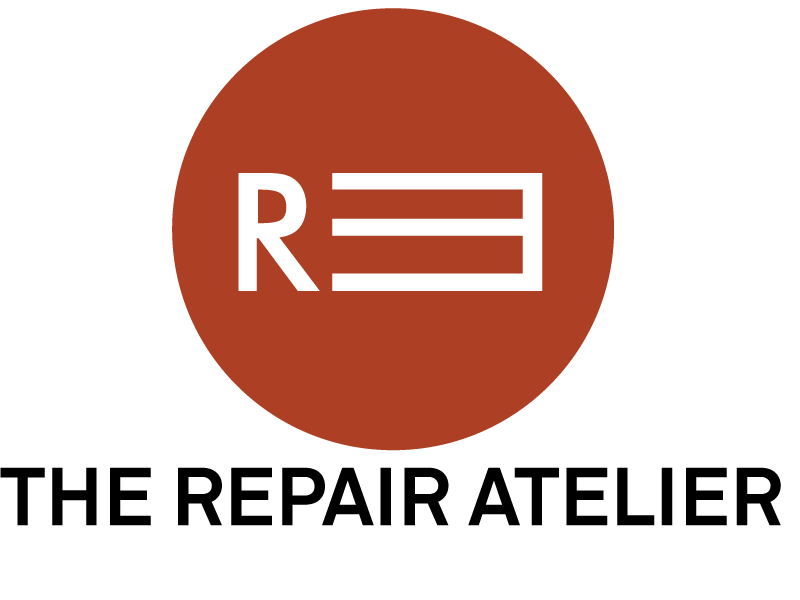
WHY REPAIR
REPAIR is a way of thinking, an old and new skill set, an aesthetic expression and a design concept for the innovative reuse and remaking of everyday objects, spaces and buildings. As such it engages all the tools of creative and material thinking that we employ as designers and architects. But when taken from the drawing board and the classroom into a larger social context then it has the potential to be transformative in a world where historical loss, environmental crisis and economic and political despair have impaired us, made us less able to act in a positive sense. Repair as such can impact on not just design thinking, but also the social life of things, and our relationship to material culture. We throw away 4.5 pounds per person per day in the US - just this statistic should make us pause for it is not only a matter of what we are putting into the waste stream, it is also a loss of our past with objects, our knowledge of making, craft and care, and of the many organic relationships mending and reuse enables (as opposed to industrial production and consumption for new things). The Repair Atelier is an effort to interrupt this everyday process of throwing away (and the mindset that goes with it), and instead draw our attention to the wider significance of ‘repair’ as a design practice and an ethical and social response to the world we want to live in.
All work in RE engages obsolete and discarded objects and materials and (re) interprets them to find new meaning and expression. The creative process includes the gleaning of past things made, reading and re-reading its stories, technique, materials and past values. Deconstructing, in order to further reveal the past and construction, classification and analysis of all the individual members and the Re-construction, appropriation and re-interpretation are part of each individual piece of work.
The act of de-construction, the opposite of the original making and assemblage is the tipping point of the transformative work that engages the viewer from one status to another. While in the material word the object remains essentially the same, the de-functioning, de-constructing and appropriating creates another word of being.
Nelson Goodman stated in Ways of Wordmaking that “Worldmaking as we know it always starts from worlds already on hand; the making is a remaking.[1] Nothing exists for a first time, nothing is new, all making is remaking, appropriating, transforming, therefore changing.
